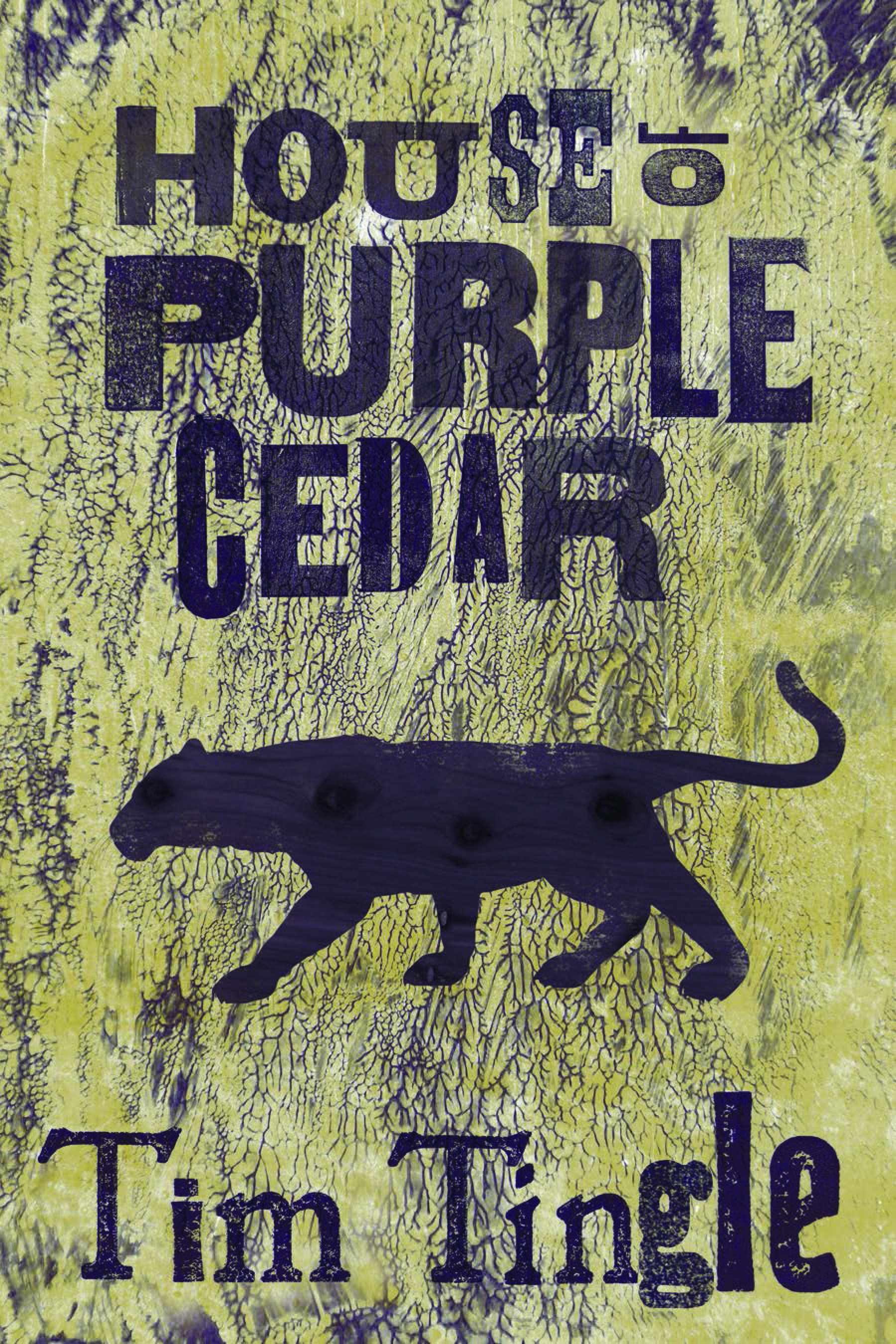
House of Purple Cedar
فرمت کتاب
ebook
تاریخ انتشار
2014
Lexile Score
860
Reading Level
4-5
نویسنده
Tim Tingleناشر
Cinco Puntos Pressشابک
9781935955252
کتاب های مرتبط
- اطلاعات
- نقد و بررسی
- دیدگاه کاربران
نقد و بررسی

November 18, 2013
Tingle’s (Walking the Chocktaw Road) novel is set near the end of the 19th century in Skullyville, Okla., a small community of Choctaw Indians. Rose lives with her parents; her brother, Jamey; her grandfather, Amafo; and her grandmother, Pokoni. Reverend Willis has several sons and a daughter, Roberta Jean. One day Amafo takes Rose to the nearby town of Spiro, where they encounter the local marshal, Hardwicke, who is a drunk and a bully. Hardwicke attacks Amafo with a board, shattering the right lens of his glasses. The reaction to this attack, which involves a great deal of courage among a great many people, provides the impetus for the rest of the book. There is plenty of warmth and sincerity here, and a good (though repetitive) story to boot, but much of the dialogue and exposition feels more appropriate for young adult literature (Tingle himself is also a children’s author), and the novel might appeal most to teenagers.

November 1, 2013
In Tingle's (How I Became a Ghost, 2013, etc.) haunting novel, the Trail of Tears is a memory, but the Choctaw people of Oklahoma still confront prejudice and contempt. It's 1896. At Skullyville settlement, New Hope Academy for Girls has been destroyed by fire. Twenty Choctaw girls die. Tingle's story spans the months following the fire as experienced by Rose Goode, a student. Rose goes home to her parents and to beloved Pokoni and Amafo, her grandparents. Shortly thereafter, Amafo visits Spiro, a town nearby, with Rose and her little brother. There, he's viciously assaulted by town marshal Robert Hardwicke, who's in a drunken rage. That night, Choctaw people gather, both fearing attack and planning revenge. But then, stoic, dignified Amafo says, "I will do this, speak friendly words to him and tip my hat to him, till one day he will turn away from me and they will see who is afraid." In quiet, often poetic language drawn from nature's images and from Choctaw ethos, Tingle sketches Amafo, a marvelous character both wise and loving. Tingle writes of cultures clashing, certainly, but hatred from nahullos (whites) like Hardwicke is counterbalanced by the goodwill of others like John Burleson, railroad stationmaster, and one-legged store clerk Maggie Johnston. Despite assimilating elements of white culture, including Christianity, Tingle's Choctaws maintain mystical connections to the land and its creatures. The tale is ripe with symbolism and peopled by riveting characters. A lyrical, touching tale of love and family, compassion and forgiveness.
COPYRIGHT(2013) Kirkus Reviews, ALL RIGHTS RESERVED.

June 1, 2014
In 1896, as white settlers hungry for land flooded into Indian territory in what is now Oklahoma, a boarding school for Indian girls called the New Hope Academy was burned to the ground with a severe loss of life. It presaged the destruction of the Choctaw community, related here by fire survivor Rose Goode in measured but heartfelt language. VERDICT Tingle, who began interviewing Choctaw trible elders in the early 1990s, effectively recaptures a piece of buried history.
Copyright 2014 Library Journal, LLC Used with permission.

October 1, 2014
Gr 9 Up-Tingle takes us to the Oklahoma Territory of the late 1800s. While on an outing with her family, 11-year-old Rose watches as her grandfather Amafo is beaten by Marshall Hardwicke for no apparent reason. Instead of retaliating, Amafo goes home, only to return to town the next day to meet Marshall eye-to-eye. His nonviolent approach is disconcerting for the Marshall, who cannot let it lie and is determined to avenge his anger at what he considers to be an affront. Readers learn about the Choctaw way of life as they follow Rose as she tries to make sense of the Marshall's violence. Tall tales and fabulous characters intersperse with a story that unfolds, highlighting the racial tension and violence that festers in the Marshall. Told in retrospect by Rose, this tale will transport readers back to the dusty plains where life is hard, and where racism allows acts that can scar a town, even as it brings it closer together. Give this suspenseful tale to teens who can handle a novel that jumps from one character and narrative to another.-Connie Williams, Petaluma High School, CA
Copyright 2014 School Library Journal, LLC Used with permission.

December 15, 2013
Set in pre-statehood Oklahoma (Indian Territory) in the final years of the nineteenth century, this novel travels from the poignant, even tragic, to the comic, while covering a community of Choctaw Indians and their white neighbors (nahullos), not excluding spirits. Tingle, Choctaw author of several children's books and the story collection Walking the Choctaw Road (2003), is most sure-footed in the sections narrated by Rose, who as a child witnesses the 1896 New Year's Eve burning of the New Hope Academy for Girls, causing the death of a deaf friend. Her tale begins, Let us now talk of Skullyville, the eastern Oklahoma town where, along with the larger community of Spiro, the action unfolds. Rose's grandfather William Goode is attacked without provocation by the drunken town marshal, Hardwicke, an evil bully, who becomes the center of the story. Tingle portrays the townspeople's actions credibly and brings the unique setting of Skullyville to life in this singular tale of vengeance, compassion, and redemption.(Reprinted with permission of Booklist, copyright 2013, American Library Association.)

























دیدگاه کاربران